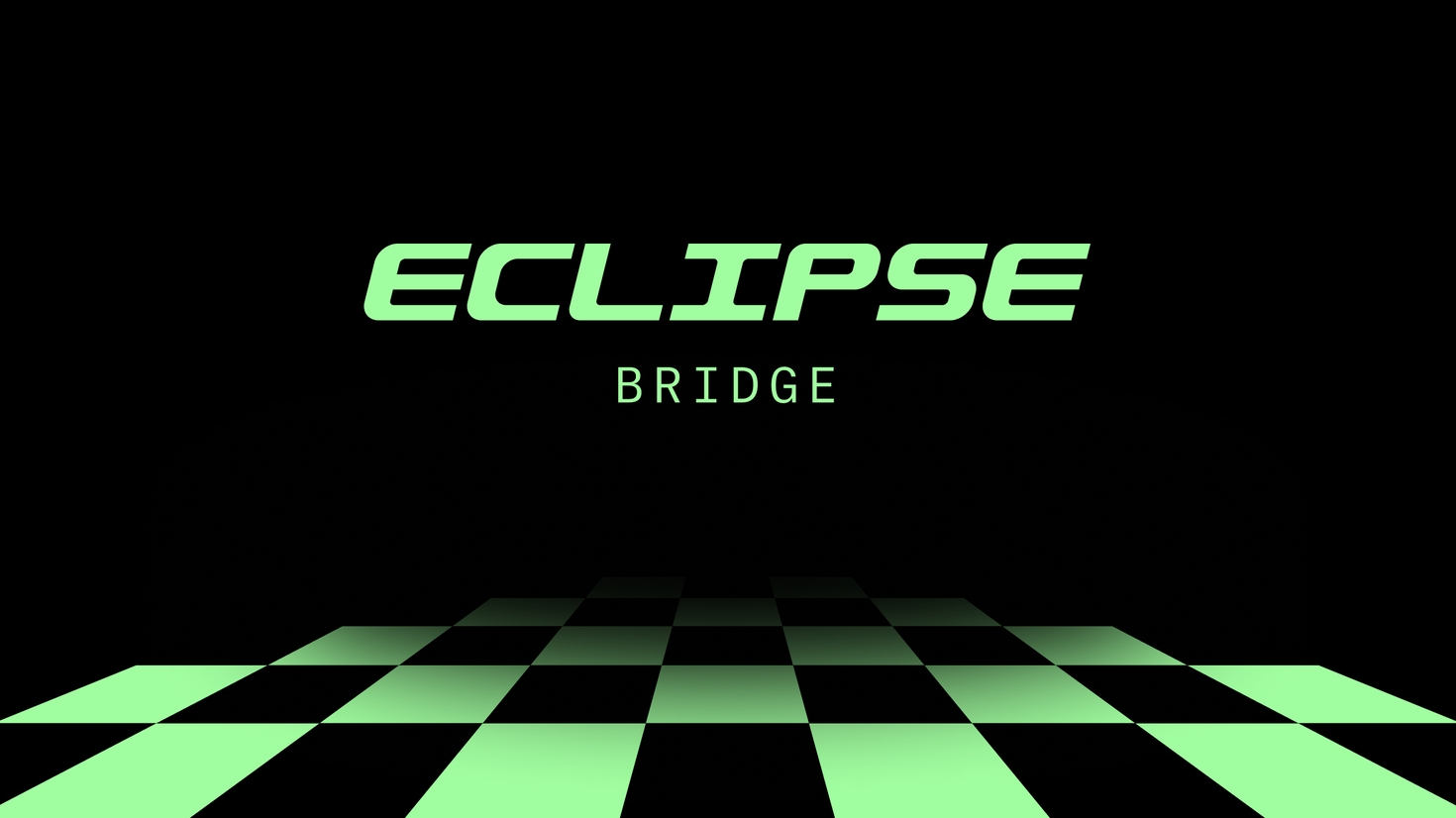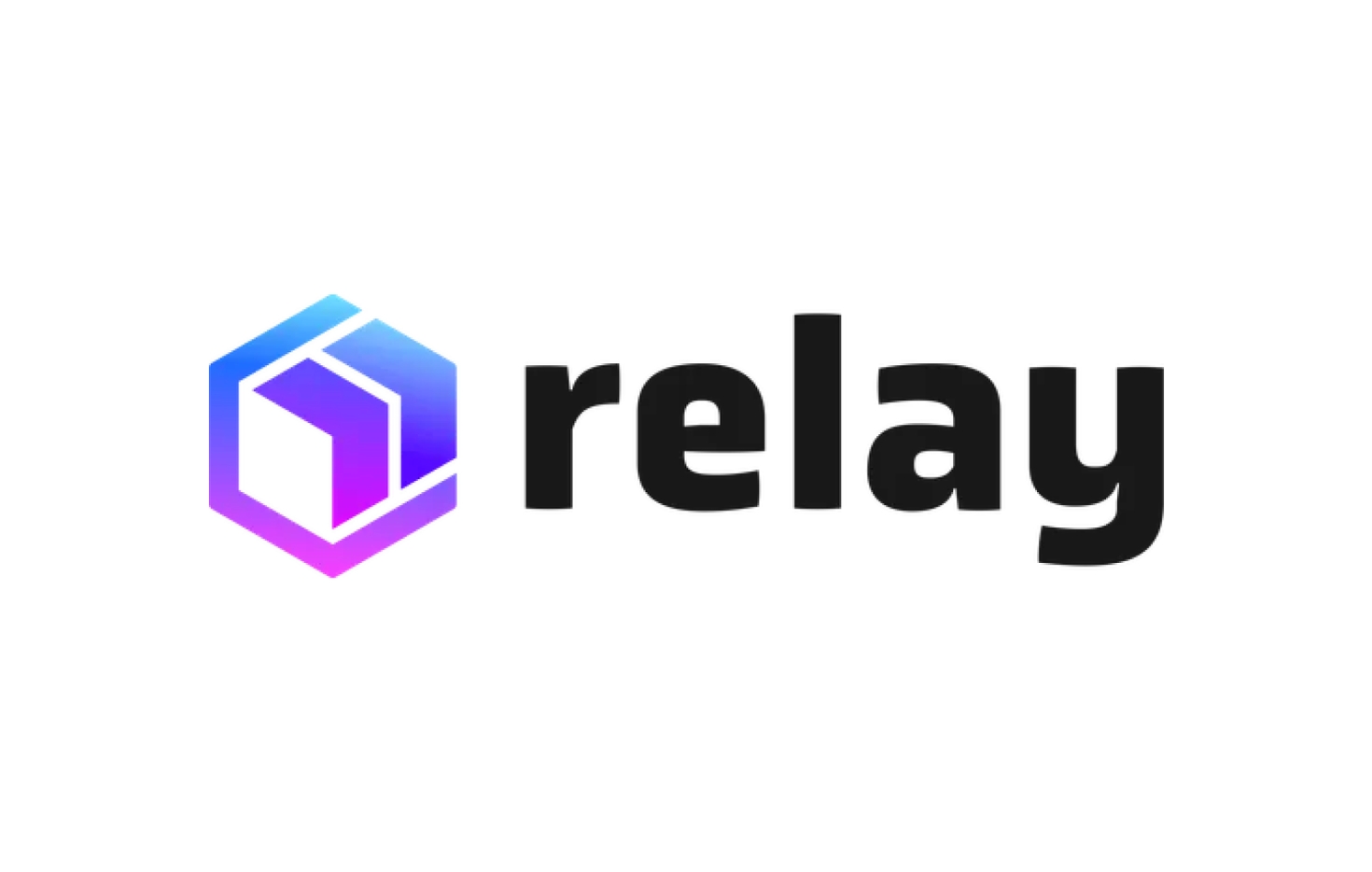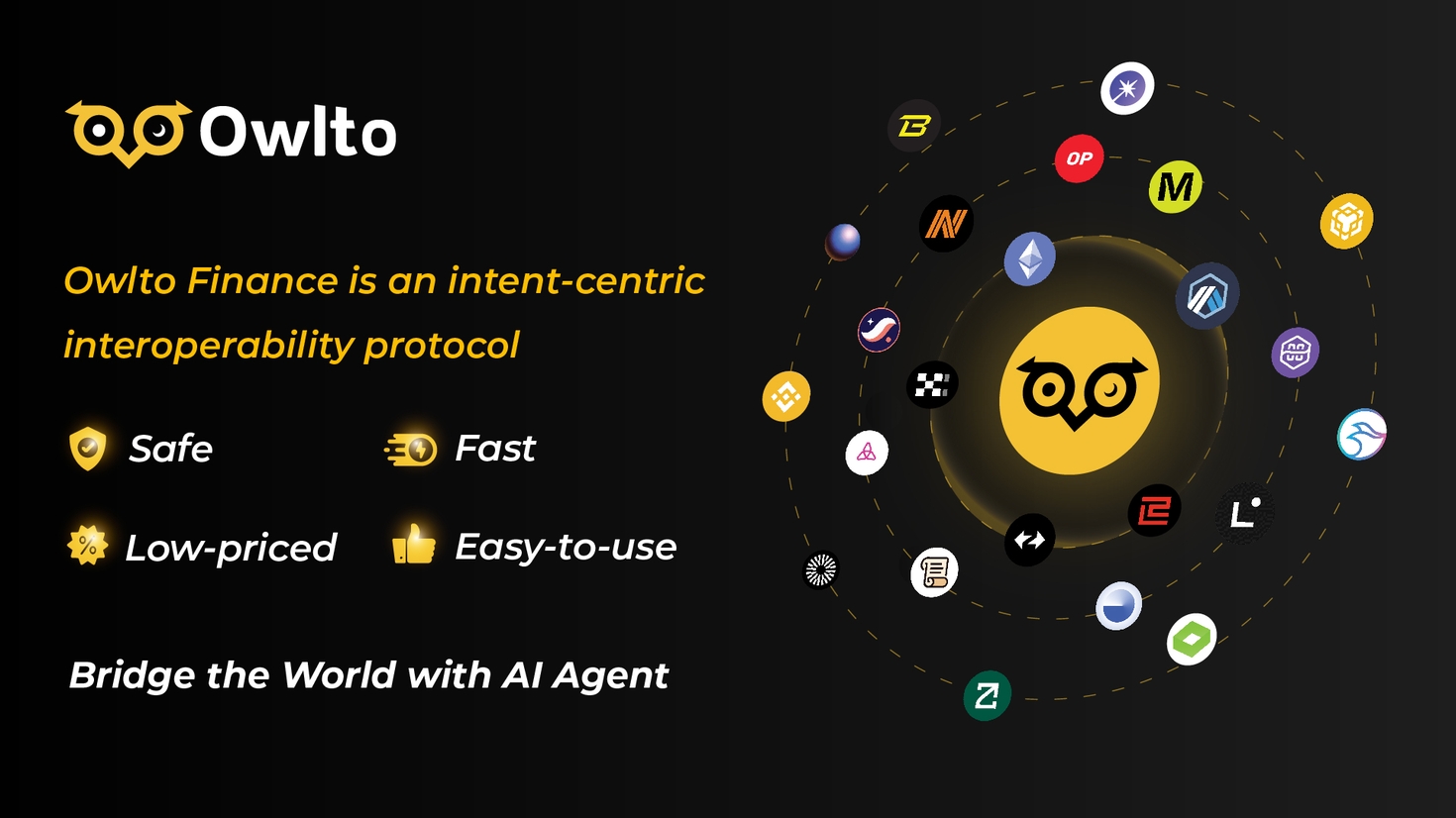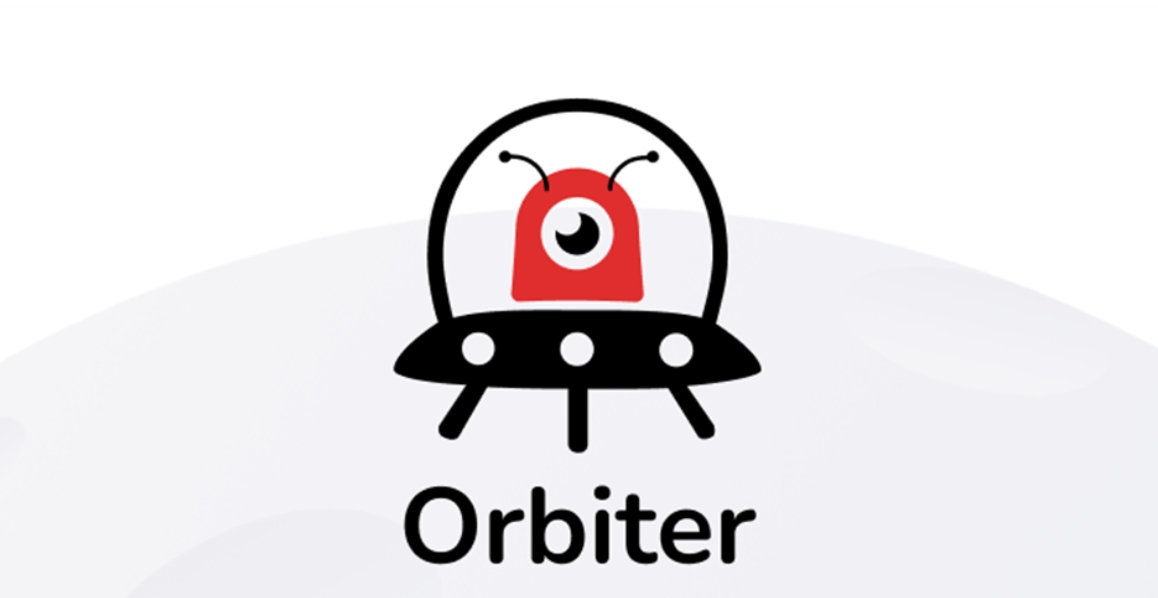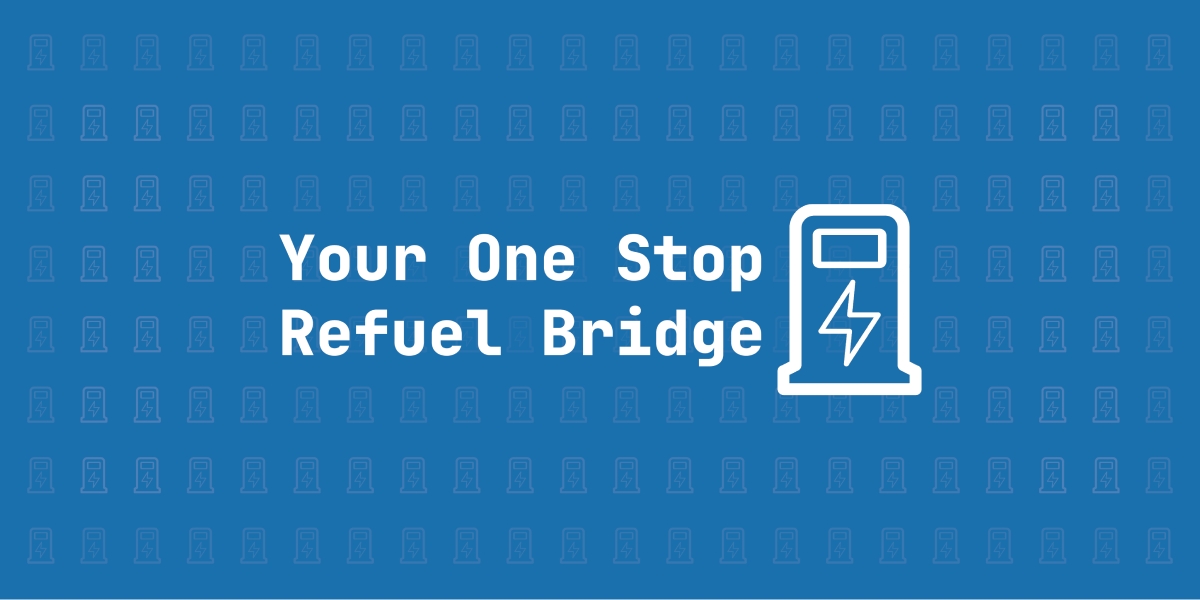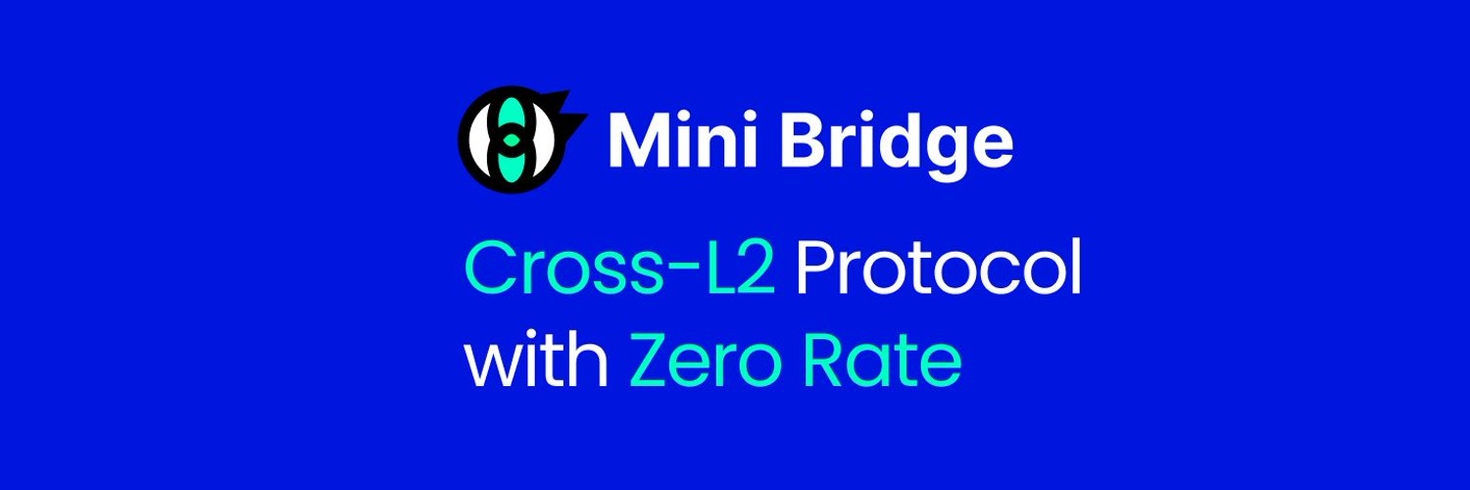2. Bridge Assets for Gas and Transactions
Depending on your current blockchain experience, there are two main pathways (Ethereum or Solana) for bridging assets to Eclipse for gas.
With our community evenly split between Ethereum and Solana, we are committed to delivering a smooth onboarding experience regardless of where you bridge from.
Existing Ethereum Users:
You can bridge ETH from Ethereum to use as gas on Eclipse:
Existing Solana Users:
Introducing the Eclipse Gas Station: Swap SOL and USDC for ETH gas without needing to bridge from Ethereum mainnet.
1
2
Visit the Eclipse Gas Station to acquire ETH on Eclipse for transaction fees using your bridged SOL or USDC:
Was this helpful?
